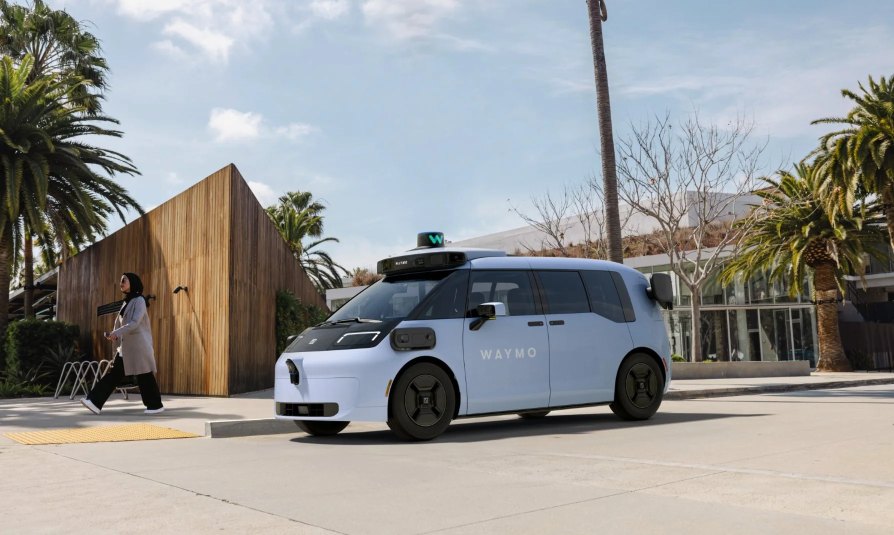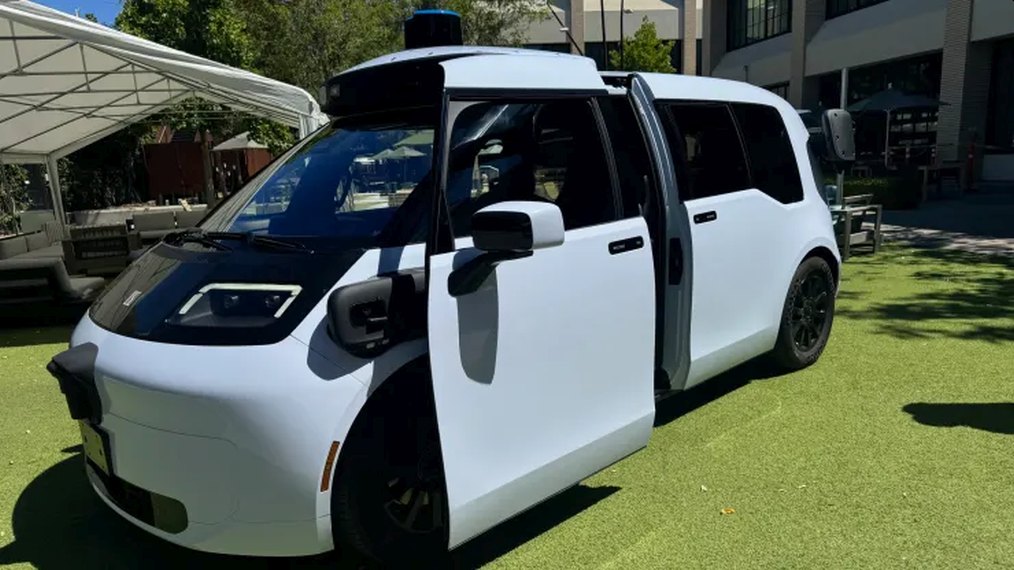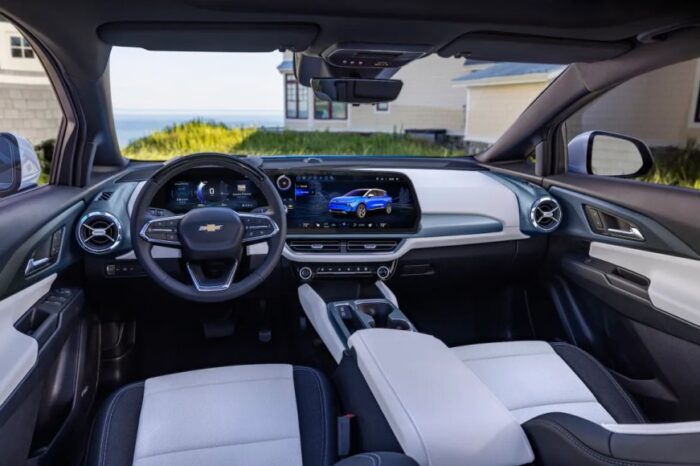Waymo is building cheaper, spacious robotaxi with “generation 6” self-driving technology

Waymo is developing a more spacious robotaxi that aims to be both cost-effective and more technologically advanced than its predecessors. The Alphabet-owned company is focusing on affordability, interior space, and streamlined self-driving technology.
On Monday, Waymo shared details about its latest “generation 6” self-driving system. This new technology, integrated into Geely Zeekr electric vehicles, is designed to operate in a wider range of weather conditions with fewer expensive cameras and sensors.
This announcement follows Waymo’s earlier update, where the company mentioned that its 6th-generation Waymo Driver had begun sensor testing and validation. Waymo also reported that its 5th-generation Waymo Driver is currently handling over 50,000 weekly trips for paying customers.
Today, the 5th-generation Waymo Driver provides more than 50,000 trips to paying riders weekly. To bring the benefits of our life-saving technology to even more people, please meet our 6th-generation Waymo Driver as it begins sensor testing and validation. pic.twitter.com/tPgaFqCdY7
— Waymo (@Waymo) June 17, 2024
In an interview with CNBC, Satish Jeyachandran, Waymo’s vice president of engineering, expressed confidence in the team’s ability to bring this new generation to market faster than its predecessor, thanks to advances in machine learning and semiconductor technology.
Waymo launched its commercial robotaxi service in late 2018, initially deploying its self-driving systems in Chrysler Pacifica hybrid minivans and Jaguar I-PACE electric SUVs. The company is now working to expand its Waymo One service across cities like San Francisco, Phoenix, Austin, and Los Angeles.
Currently, Waymo provides about 50,000 paid rides weekly, mainly in San Francisco and Phoenix. In June, the company opened up its service to all users in San Francisco, removing the waitlist. To date, Waymo has completed over 2 million trips.
Alphabet recently announced a $5 billion investment in Waymo, which started as Google’s “project chauffeur” back in 2009. According to Jeyachandran, this funding will primarily support scaling efforts, including adding the new robotaxis to Waymo’s fleet once the 6th-generation testing is finished. He also mentioned that the Jaguar I-PACE and Geely Zeekr vehicles will both remain in operation.

The upcoming Waymo-Zeekr model features a boxier design but retains a similar footprint to the current I-PACE SUVs. The Zeekr’s interior is more accessible, with a low step, high ceiling, and extra legroom between seats, making it more comfortable for a broader range of passengers.
Waymo has advanced its custom sensor and software development for the Zeekr, equipping the vehicle with a system that offers a full 360-degree view to detect and avoid obstacles. The sensors, which include lidar and radar, come with wipers to keep them clear of dirt and precipitation.
To reduce the cost of each robotaxi, Waymo has cut the number of cameras from 29 to 13 and reduced lidar sensors from five to four. The latest generation 6 vehicles are now being tested on public roads, with professional drivers onboard during these trials.
Testing and validation efforts are also taking place in cities like Detroit and Buffalo to assess how driverless cars handle different traffic conditions and weather scenarios.
Waymo, which stands for a new way forward in mobility, was founded in 2017 by Joao Messias and Shimon Whiteson.




